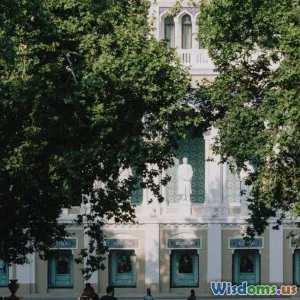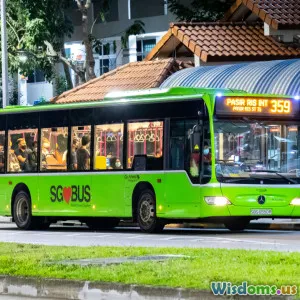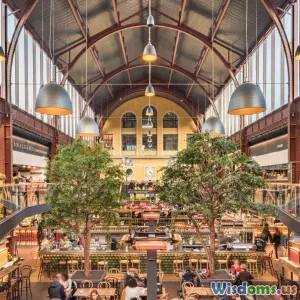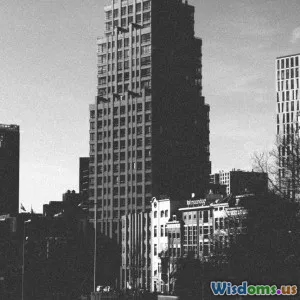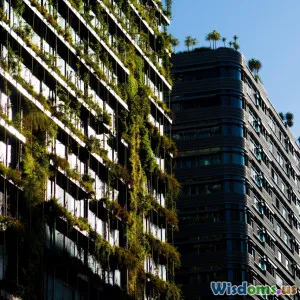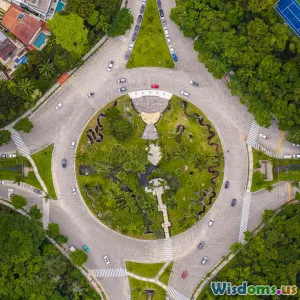
Green Infrastructure in Urban Planning
9 min read Discover the impact of green infrastructure in urban planning, enhancing sustainability, aesthetics, and community health. (0 Reviews)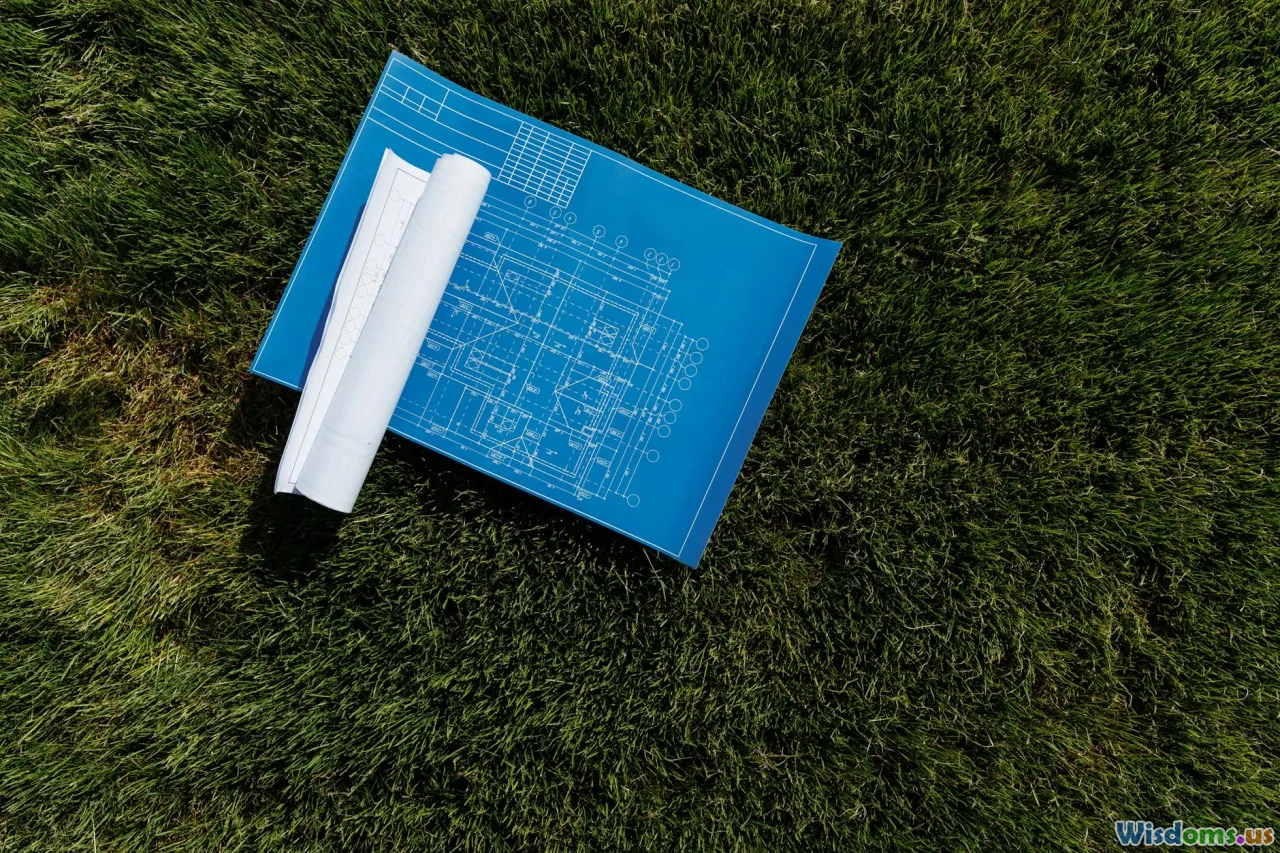
Green Infrastructure in Urban Planning
Urban planning has evolved dramatically over the decades, influenced greatly by emerging needs and challenges such as climate change, rapid population growth, and environmental degradation. In this evolving landscape, green infrastructure has emerged as a transformative approach aimed at creating sustainable and resilient urban environments. This article delves into the principles of green infrastructure and its application in urban planning, shedding light on its various benefits, implementation strategies, and real-world examples.
Understanding Green Infrastructure
Green infrastructure refers to a network of natural and semi-natural systems designed to address urban environmental challenges, while simultaneously providing social and economic benefits. Unlike traditional infrastructure, which often emphasizes concrete and steel, green infrastructure harnesses the power of nature—such as trees, parks, green roofs, wetlands, and permeable pavements.
The Importance of Green Infrastructure
- Environmental Benefits: One of the primary functions of green infrastructure is the enhancement of urban ecosystems. According to the U.S. Environmental Protection Agency (EPA), urban heat islands considerably increase energy use during summer months. Green infrastructure can combat this by cooling cities through tree canopies and vegetation's natural shading abilities.
- Flood Management: As urban areas expand, so does the risk of flooding due to increased impervious surfaces. By integrating natural water management systems like rain gardens and green roofs, cities can effectively manage stormwater runoff. The City of Philadelphia's Green City, Clean Waters program exemplified this by significantly reducing sewer overflows through green stormwater infrastructures.
- Air Quality Improvement: Green spaces substantially improve air quality by absorbing pollutants and producing oxygen. The World Health Organization highlights that urban greenery can reduce respiratory diseases by purifying the air. Cities like Barcelona aim to plant trees throughout the urban fabric to enhance urban air quality.
- Biodiversity Encouragement: Urban green spaces foster biodiversity, providing habitats for flora and fauna within the concrete jungle. By creating urban biodiversity strategies, such as green corridors, city planners can protect and promote various species.
Key Components of Green Infrastructure
Green infrastructure can be broken down into several core components, considerable to the urban planning discourse:
- Green Roofs and Walls: These provide insulation and absorb rainwater. They have been implemented in Chicago, Illinois, where a widespread green roof initiative not only cools the city's temperature but also improves energy efficiency.
- Permeable Pavement: Designed for absorbing rainwater, this type of pavement allows for groundwater recharge while preventing flooding. New York City has employed permeable pavements in 14 different neighborhoods.
- Urban Forests and Street Trees: This component not only enhances aesthetics but also sequesters carbon and improves air quality. The Million Trees initiative in New York City has successfully planted over a million new trees since its inception in 2007.
- Wetlands and Floodplains: These nature-based solutions offer crucial flood protection, habitat for wildlife, and water purification functions. Cities like San Francisco recognize the importance of wetlands in urban spaces by rehabilitating existing wetlands and creating new ones where feasible.
- Green Spaces and Parks: They provide recreational opportunities, improve mental health, and stimulate local economies. The High Line in NYC transformed an abandoned railway into a lush urban park, significantly boosting surrounding property values and becoming a major tourist attraction.
Challenges in Integrating Green Infrastructure
While the benefits of green infrastructure are considerable, the integration of such systems into urban planning faces several challenges:
- Financial Constraints: High initial costs can deter city planners. However, it's essential to recognize that green infrastructure can lead to long-term cost savings through reduced infrastructure repair costs and decreased health expenses related to poor air quality.
- Space Limitation: With urban areas often being densely populated, finding the space to implement green infrastructure solutions can be challenging. Innovative designs that incorporate greenery into existing structures can be a solution.
- Maintenance Needs: Establishing green infrastructure necessitates ongoing maintenance to ensure its effectiveness. Cities need to establish dedicated teams and resources to handle this.
- Policy and Regulatory Frameworks: Existing policies may not support new, innovative practices. Urban planners must advocate for changes to regulations that encourage green infrastructure adoption.
Successful Case Studies
Green infrastructure's effectiveness becomes particularly clear when assessing successful case studies from around the world:
- Singapore’s “Garden City”: Singapore's commitment to green infrastructure has made it one of the greenest cities globally. The implementation of gardens in urban landscapes, such as the Gardens by the Bay, addresses urban heat, improves air quality, and attracts tourists, showcasing that nature can thrive even in a metropolitan area.
- Portland's Urban Forest: In Portland, Oregon, the establishment of the Urban Forestry Program has led to more than 41% tree canopy coverage within the city, demonstrating the integral role trees play in achieving city goals for climate resilience and public health.
- Copenhagen’s Climate Adaptation Plan: The Danish capital’s integration of green roofs and water management through green spaces has established it as a global leader in tackling urban flooding due to its commitment to sustainability.
The Future of Urban Planning with Green Infrastructure
As cities continue to evolve, the integration of green infrastructure within urban planning cannot be overstated. It serves not only as a method for creating healthier, more resilient cities, but also as a catalyst for social cohesion within communities.
The future will likely see an acceleration in green infrastructure practices, driven by advancing technologies, greater public awareness, and established empirical data that highlights its effectiveness. Rising revenues from eco-friendly tourism and environmental enhancements will encourage cities globally to adopt green strategies.
Moreover, the information age allows for improved collaboration and data sharing between city planners, stakeholders, and the community. Engaging citizens in the planning process can lead to more inclusive outcomes that address local needs, celebrate diversity, and sustain urban nature.
Conclusion
Incorporating green infrastructure into urban planning goes beyond planting a few trees here or there; it represents a critical part of a sustainable, resilient, and healthy urban future. As experienced with cities like Philadelphia, Singapore, and Copenhagen, innovative green methodologies can reimagine urban landscapes and enhance ecosystem functions in synergy with infrastructure development. To continue cultivating a sustainable urban environment, policymakers, architects, and citizens must advocate and invest in green solutions that promote health, happiness, and ecological sustainability in the urban milieu.
Rate the Post
User Reviews
Popular Posts










